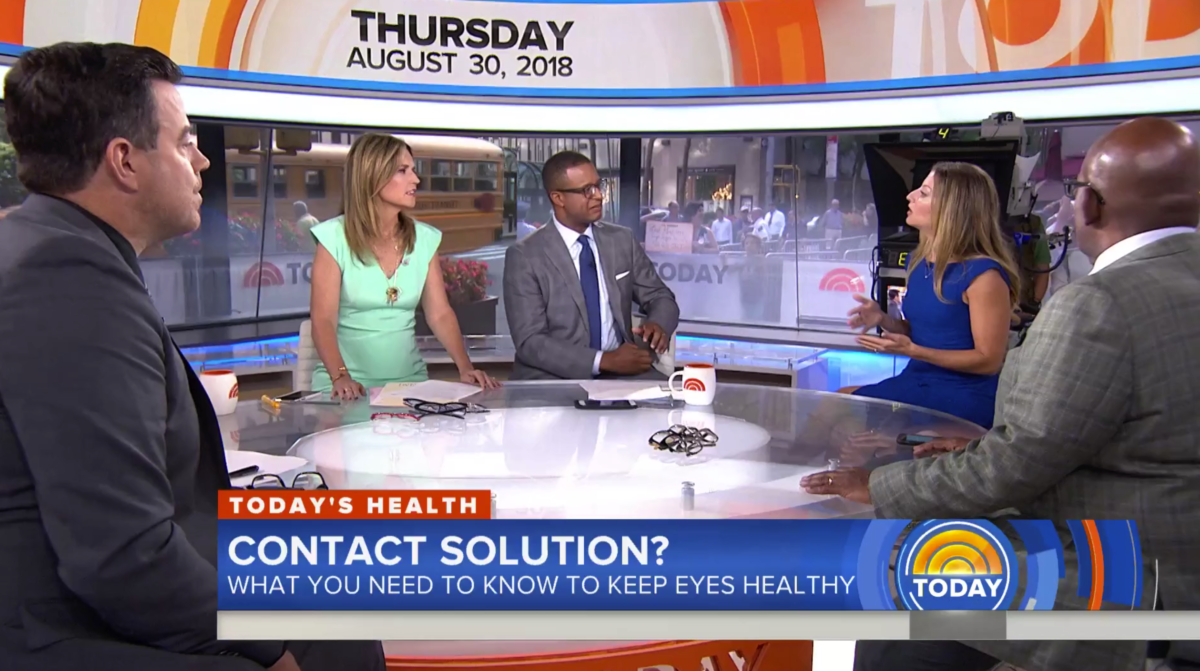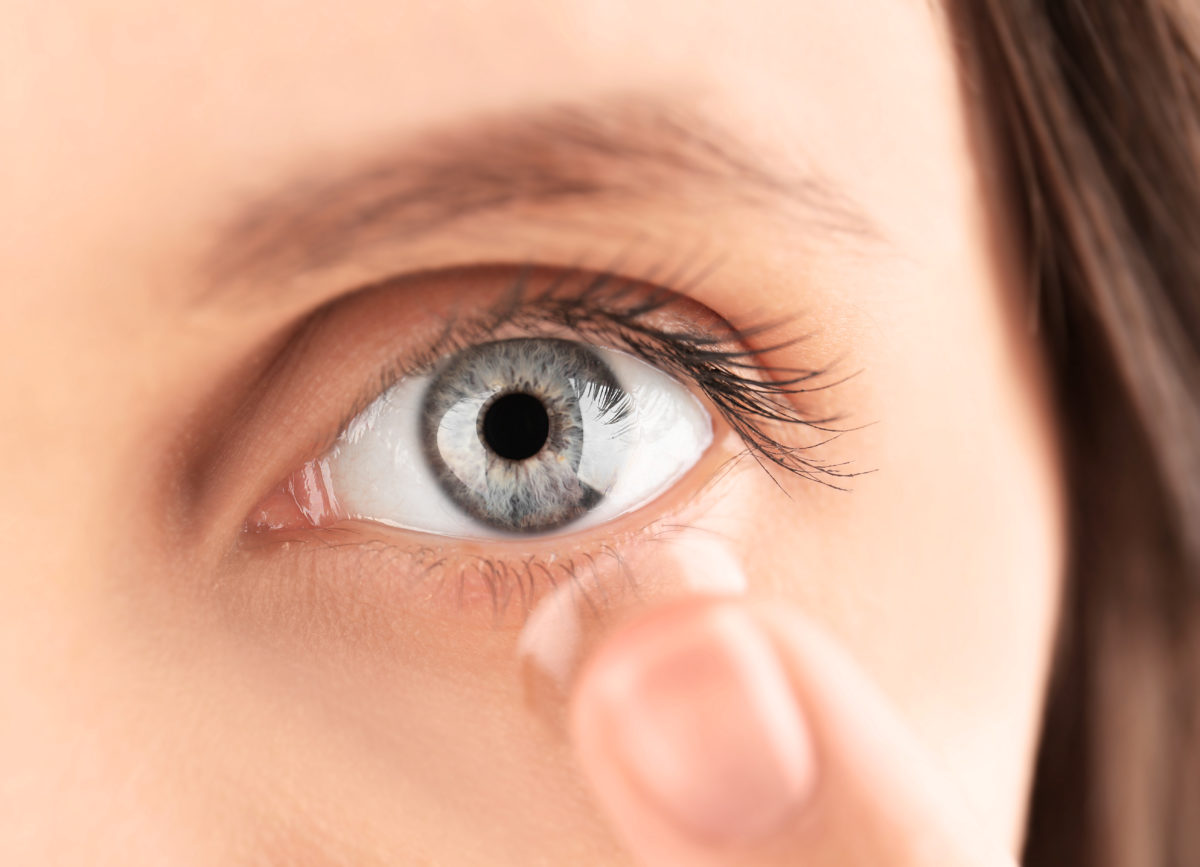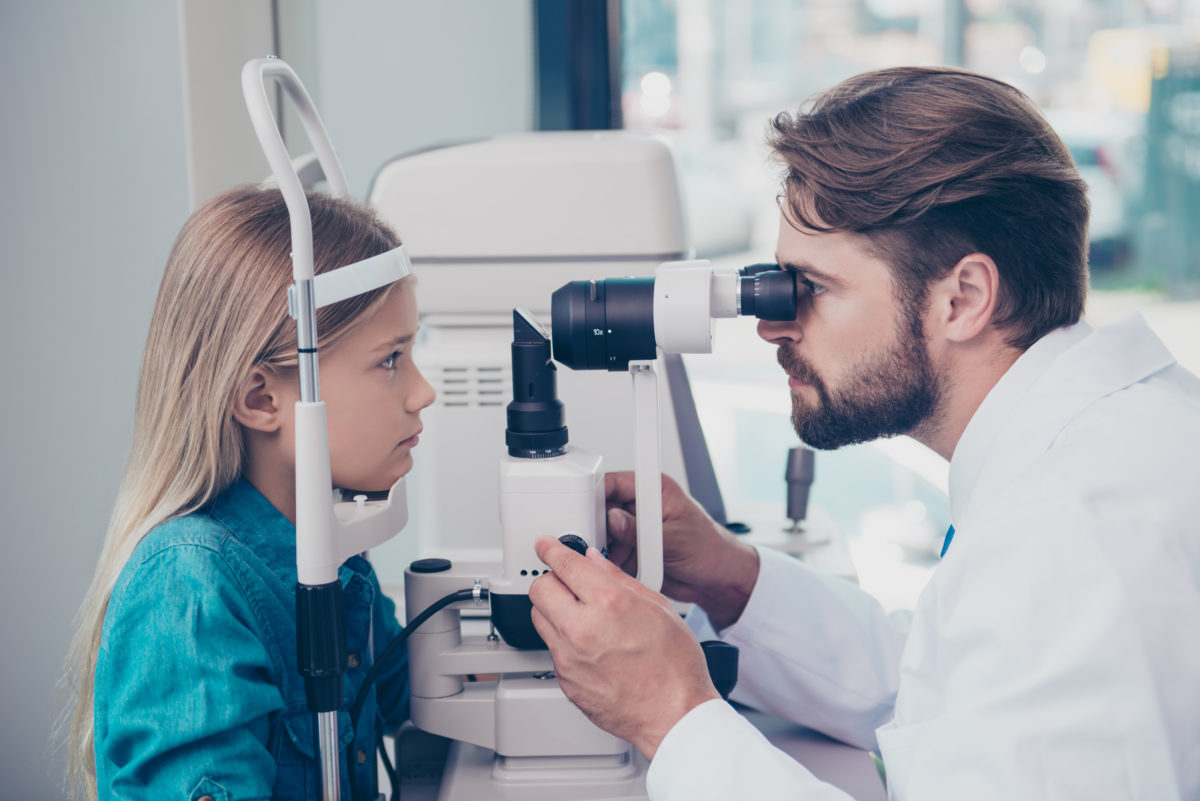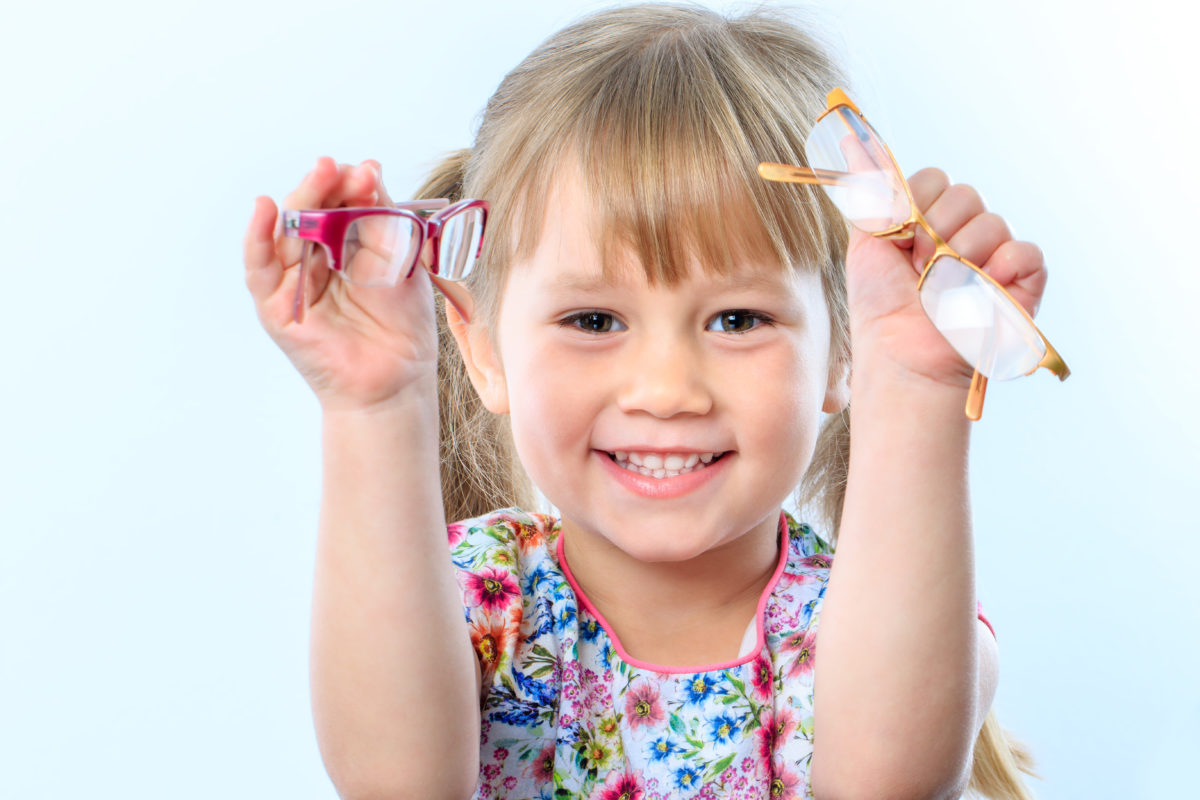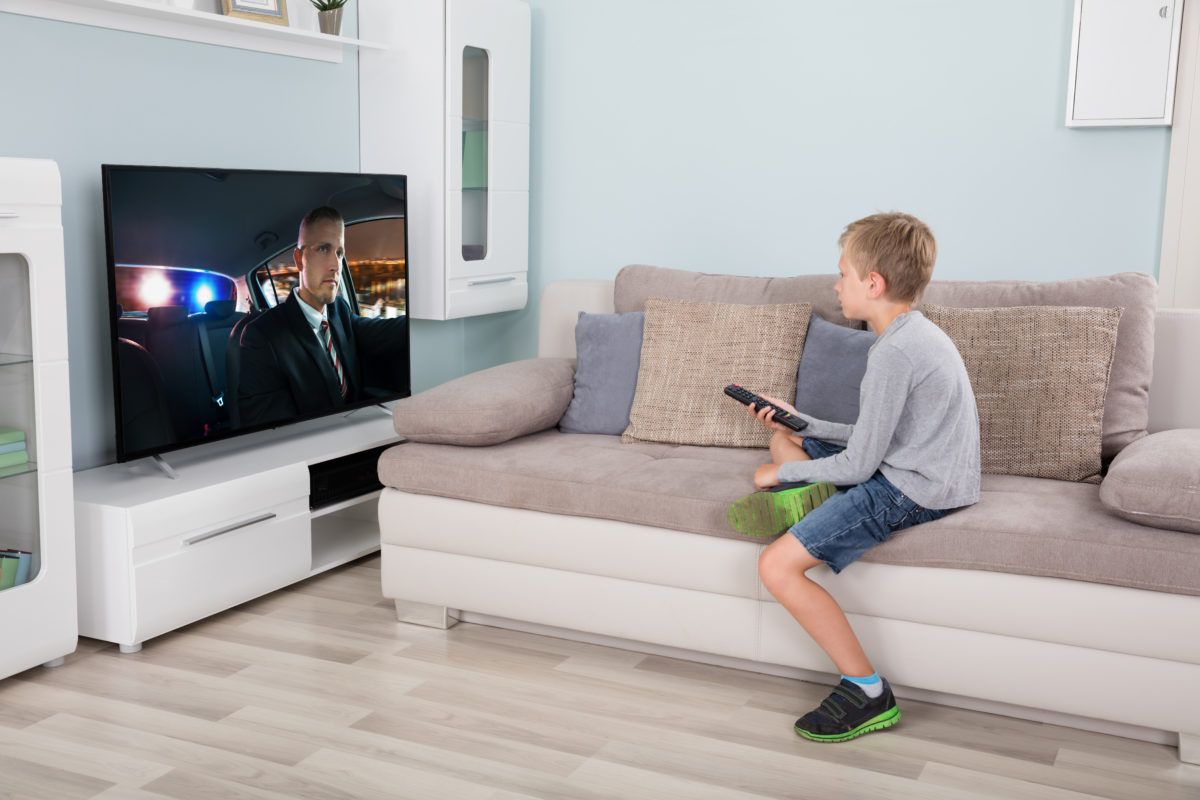It’s a question I am asked almost daily.
I’ve always been an advocate for early eye exams. Yet, many parents don’t know what that means exactly.
When my son was in nursery school, a classmate of his began bumping into things in class. Her mom didn’t think there was an eye issue because the pediatrician had just pronounced her perfectly healthy at her 4 year old check up.
Fast forward a few weeks and we found a dense congenital cataract blocking her vision in one eye. Fortunately, this was treated with cataract surgery and the little girl did well.
Unfortunately, nearly 85% of preschoolers haven’t had a proper eye exam by the time they go to kindergarten! This could mean a missed opportunity to treat a serious vision issue early and when it’s often more easily treated.
So why the confusion? There is wide variation between different medical associations on when a child should have an exam by an ophthalmologist (MD). The American Ophthalmology Association, jointly with The American Academy of Pediatrics, recommends rigorous vision screening during the preschool years. This means screening by pediatricians and community programs like school vision screens.
However, there’s a big difference in how reliable each pediatric nurse/school nurse is at picking up certain signs that an eye problem is going on. Is the practice very busy, the child squirmy, and the nurse overwhelmed? In this case, it would be easy to miss a child either peeking behind the covered eye or memorizing the small lines. Is the pediatrician just not that comfortable with the eye exam?
The case is similar with school screenings: you remember back in elementary school when they line you up and ask you to read the eye chart? The kids who can’t read the two smallest lines get a letter sent home recommending an eye MD visit. The problem with this screening is lack of reliability. Is the chart set up exactly 20 feet from the child reading it? Is the child standing too close to the chart? How many kids can cheat by inching too close or memorizing the chart beforehand? I was guilty of this as a child because I didn’t want glasses!
So what’s a parent to do?? My take: Within the first two years of life, children should visit an ophthalmologist who can dilate and examine your child’s eyes.
This checks for rare but serious problems…tumors like retinoblastoma, congenital cataracts, and other congenital malformations. Early treatment can be life saving as well as sight saving! Of course, if there’s a family history of congenital eye problems or an infant is born prematurely, this exam should be done with a few months of birth.
The second exam should be in the preschool years, before starting kindergarten.
One of most common issues in this age group is a need for glasses like farsightedness. This can affect a child’s ability to adapt to school, as many things in a child’s world are up close: puzzles, books, coloring, etc. You also want the child to have time to adjust to glasses before school starts! OR if there is a refractive difference between the eyes (meaning one eye doesn’t need glasses but the other does) early treatment with glasses and/or patching can mean a positive outcome. With this issue, the earlier you catch it, the easier it is to treat. A child may need to wear a patch on the good eye, which forces the weaker eye to focus.
This can have lifelong consequences, like what we call amblyopia. The connections from our eyes to our brain’s vision center are created throughout young childhood and solidify by about 8 or 9 years old. This “amblyopic” period is when children need to present a 20/20 image from each eye to the brain.
If they are found to need glasses, a correct eyeglass prescription can solve this before this moldable period. If just one eye needs the prescription, often the “good” eye is patched to force the weaker eye to form connections with the brain. When one or both eyes is not given the correct prescription to see well before these connections solidify, the eye will never have the potential to see 20/20 in that child’s lifetime.
With all of this said, I know it depends on where you live and your insurance coverage. Another factor is how easy it is for a parent to find an ophthalmologist who is comfortable examining kids. In more rural areas pediatricians tend to be more comfortable with a thorough eye screening of children.
However, I can’t stress enough as a mom and an ophthalmologist how important it is for parents to notice the little things.
This is where the parent’s observation of their kids behavior becomes so important!
LOOK AT YOUR INFANT:
- Is there a difference between the pupils? (This is often noticed in photographs where one pupil is white and the other is normal or typical red eye from flash.)
- Are the eyes straight?
- Is there a droopy lid?
- Does one or both eyes tear excessively?
LOOK AT YOUR TODDLER OR YOUNG CHILD:
- Frequently rubbing eyes?
- Squinting often?
- Consistently tilting head to see things?
- Complaining of headaches or tired eyes?
- Closing an eye to see better?
- Avoiding activities they used to enjoy?
As always, trust your instinct as a parent! My friend trusted hers, and her daughter is now free from any long term disability and a normal, happy, 7 year old!
 English
English French
French German
German

